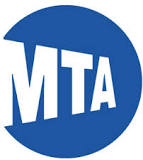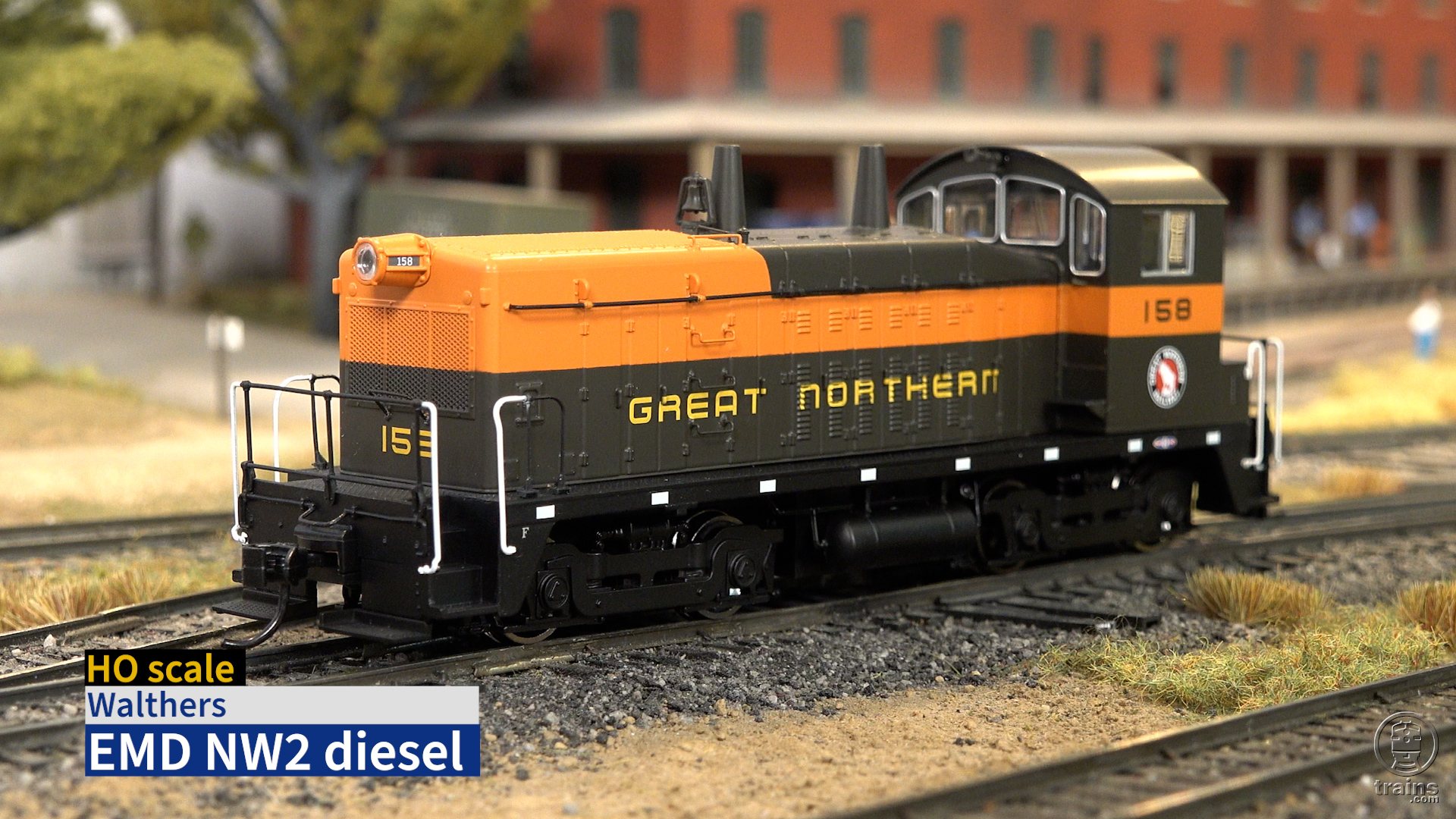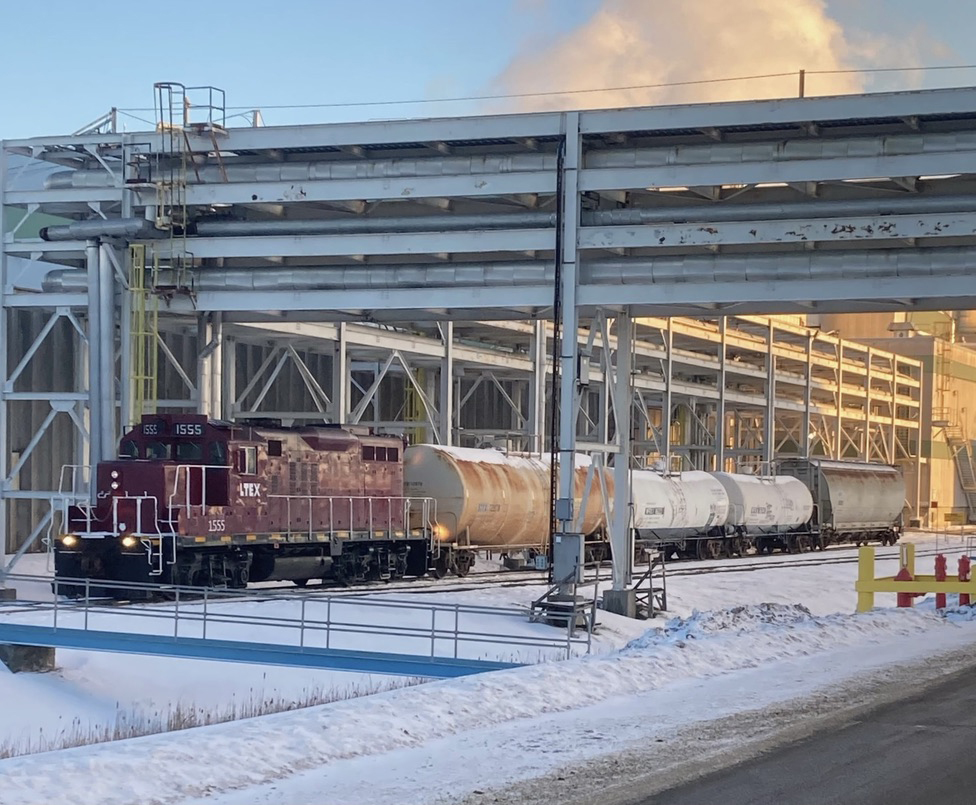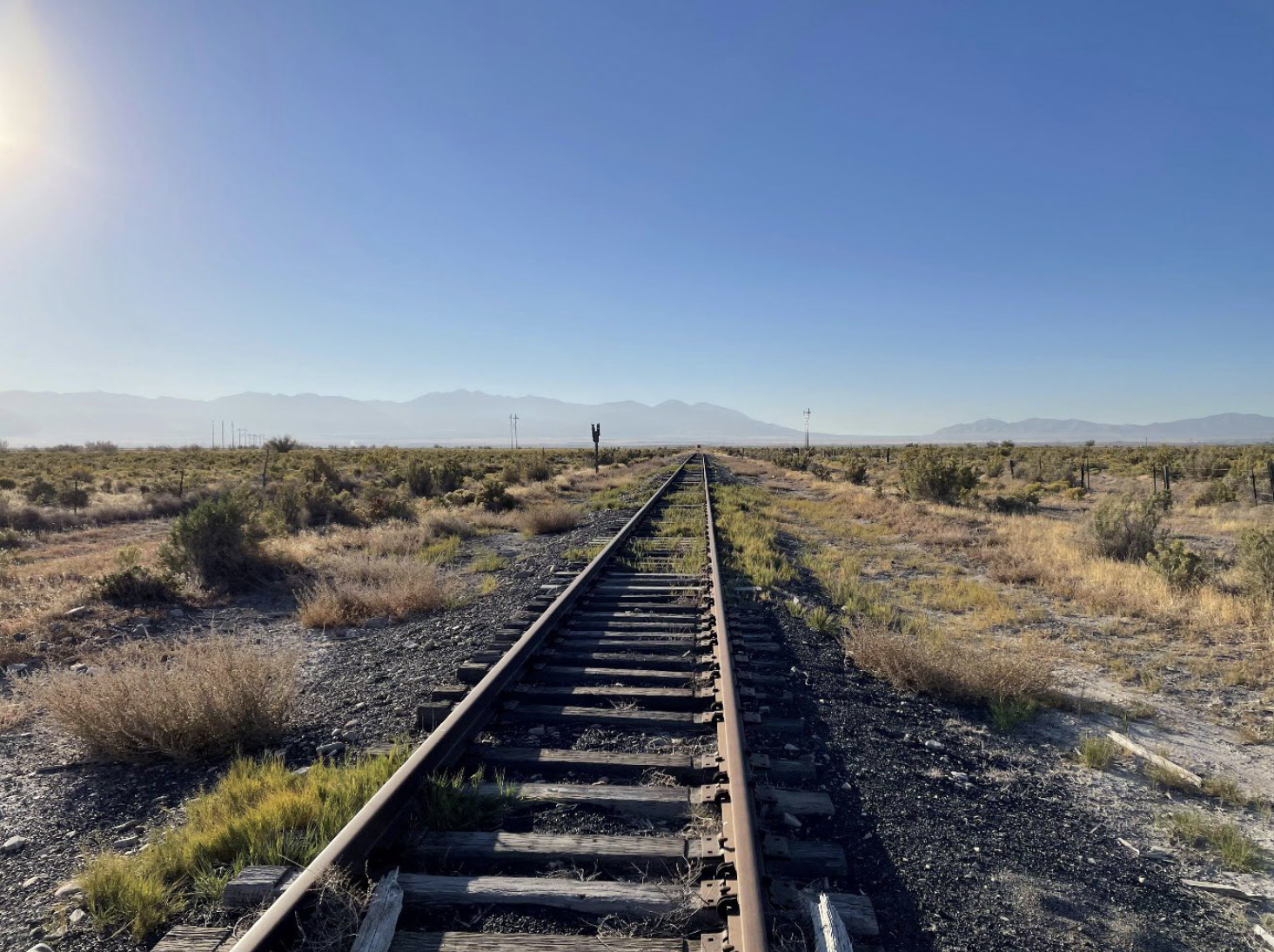Saturday morning rail news:
— New York’s Metropolitan Transportation Authority is seeking another $3.9 billion in federal aid to offset losses caused by the coronavirus pandemic. The MTA received $4 billion as part of the coronavirus relief act passed in March, but Newsday reports that MTA chairman Patrick Foye says the agency’s original estimates of virus losses were “conservative, given the information we had at the time. … In the weeks since our first request, the virus has dramatically worsened in New York, dwarfing our original estimates of revenue loss.” MTA rail ridership is down about 95%.
— Canada’s Transportation Safety Board has indicated that broken rails may have been the cause of two Canadian Pacific derailments about 6 miles apart near Guernsey, Saskatchewan in December 2019 and February 2020. In a pair of letters to Transport Canada, Globalnews reports, the TSB noted that track safety requirements have not been updated since May 2012, and that the February derailment, which spilled more than 400,000 gallons of crude oil, indicated that recent design improvements in tank cars are insufficient to prevent adverse consequences from derailments. The letters were sent in March; earlier this month, Transport Minister Marc Garneau issued new orders restricting speeds of trains with hazardous materials and calling for new track rules [see “Canada issues new rules on hazardous material trains, track safety,” Trains News Wire, April 5, 2020].
— A union representing Miami-Dade County transit workers have filed a lawsuit against the county’s transportation and public works director, asking a judge to order the transit agency to provide adequate protective equipment and cleaning materials for bus and rail operators. The suit also asks the county to require proper cleaning and sanitizing of transit equipment. The Miami Herald reports that the local chapter of the Transportation Workers Union field the suit because it says workers remain too vulnerable to exposure to the COVID-19 virus. The county continues to ration disinfectant wipes and does not provide the medical-grade masks police and paramedics receive.
— Facing a sharp decline in traffic and revenue, the Pennsylvania Turnpike may seek to cut its $450 million in annual payments for public transit in the state and is reviewing its 10-year, $5.9 billion capital spending plan. For the week ending April 4, turnpike volume was down 63% and revenue was down 50% from a year earlier, the Pittsburgh Post-Gazette reports. The turnpike makes quarterly payments to the state Department of Transportation, required by law, to help pay the state’s subsidies for public transit.















Karaköprü Uyducu olarak uydu çanak anten arızalarınızda bir telefon uzağınızdayız.
Digiturk Şanlıurfa Bayii ihtiyacınız için bir telefon uzağınızdayız. Hemen ulaşın işleminizi gerçekleştirelim.
The MTA should perhaps look to Albany instead
Charles:
Unfortunately it looks as if the naysayers will prevail. https://www.nytimes.com/2020/04/20/nyregion/nyc-mta-subway-coronavirus.html?action=click&module=Top%20Stories&pgtype=Homepage
AH
So, anyway, back to the subject. NYSMTA/ NYCTA burns through $8 Billion in operating losses in about 3 months, this on top of its operating losses each month in normal times. With no end anywhere in sight. This is all operating losses for a system with billions of dollars in unmet capital needs.
I’d make a deal with New York and New Jersey: Feds will underwrite capital investment especially for the Amtrak/ Jersey Transit Hudson Tunnels. There’s your $8 Billion right there. New York and New Jersey to raise their own taxes to cover operating losses.
So my question is, how in God’s name can we invest in crucial projects when monthly operating losses are as big as the capital needs??
ANNA – I could tell you stories about my Norwegian – ancestry ex-girlfriend. (This is Wisconsin, ayna hey?) But I won’t talk about her. I’m afraid she’d find me after all these years and strangle me. My English/ German ancestry wife is a vast improvement.
Yes, I’m a free-market guy on most things. Not transportation. All of us on this comment forum know too much about transportation economics to wait for the free market to work. A key to your last post was INVESTMENT.
I see that in all modes. People ask why are we still building highways when traffic counts haven’t risen to meet past projection. The answer is, INVESTMENT leads to a better outcome. Safer, more maintainable highways that consume less energy to be driven on, whether or not traffic count is increasing. Same for air, same for rail. INVEST.
Charles:
Regarding Erik Magnuson, he and I worked at the same research facility in Sandy Eggo at one time. If you want REAL trouble, have a Swede and a Norwegian working closely together. There was one incident, for example, where he went driving through the parking lot, hanging out the window and waving a broadsword (yes, a broadsword) at passers by. And I will never admit to having married a Dane. I could tell you stories …
And as for you, I’m shocked – shocked – to hear you saying what you have said. You of all people I would have expected to tell me “Let the market decide”.
The above comments are generic in nature and do not form the basis for an attorney/client relationship. They do not constitute legal advice. I ain’t nobody’s attorney these days. I’s retarded.
ANNA — Been waiting to hear from you! Have you returned from your long-planned trip to Alternate Reality? Good to have you back!
ANNA — You say “Let the naysayers and those who will shout me down start now”. Won’t be me.
Sorry ANNA to disappoint the naysayers and those who would shout you down. Your post is excellent and I need to support everything you said.
Our choices now are (1) invest in future success; or else (2) subsidize failure and inertia and gloom. You prefer the first-named. I can assure you that the second-named will win out.
You can put our “leaders” of both parties in the kettle, stir it, cook it for an hour, and what will come out? Nothing. Certainly not the desperately needed Hudson Tunnels.
But first, a message for our sponsor…
Erik: SVENSKA!!!
Now what I really want to say …
At the moment isolation and staying away from other people is the thing to do. This plague spreads very easily via aerosol spray and we are now in a regime where telling someone “Get the hell away from me” is not an insult. You do what you have to do in such times, cost be bleeped – driving around solo, staying home, masking up, the whole bit. Me, I’m putting together a plague doctor outfit, had some trouble hiding the filters in the beak but finally got them to fit.
But there is also opportunity here, and we need a conversation as to what our long term goals are, here. Do we want to winkle people out of their cars and onto transit systems? Do we want a return to long-distance train travel? If so, now is the time to plan, and to execute those plans, while the systems are being lightly used and not paying for themselves.
I can hear the naysayers quite loudly. These systems require subsidies even in normal times, at the moment they are underutilized, so why invest in them, especially now, when money is tight?
They are underutilized at the moment, and that is why now is an ideal time to plan. It will take time to decide what to do and how to do it, and by then either we will have subsided into anarchy (and it won’t matter), or we will be on the backslope of the spread of this disease. And then, many people will need employment.
The transit systems have always run on a shoestring. The New York subway system, for example, has a signalling system which dates from the 1930’s. It has long been a dream to rip it out and put in a modern system. Tracks need to be rebuilt, bridges, other infrastructure as well, Rolling stock needs to be brought up to snuff, so that when ridership returns – and it will, when this is finally over – the various systems are ready for it.
It seems to me that this would be win-win. People will need work. The population will need a rebuilt infrastructure (including but not limited to transit systems). In this respect I have to agree with Keynes. Use the national debt to keep things running during bad times, and then pay it back during good times.
But the time to plan all this is now, so that when the plague starts to burn out we will be ready to swing into action.
Let the naysayers and those who will shout me down start now.
The above comments are generic in nature and do not form the basis for an attorney/client relationship. They do not constitute legal advice. I ain’t nobody’s attorney these days. I’s retarded.
TIM and RONALD – Where did I get my degree in epidemelogy? I have no medical training but I read the newspapers.
Anyway my post was about the way forward for mass transportation. Which is the subject at hand. All of us on this forum know the economics of mass transportation. All of ipiblic transportation – METRA included – was experiencing financial difficulty prior to the social isolation: peaked or decling ridership, increasing costs. None of it will survive passengers being required to stand six feet apart. At that point a taxicab or UBER will be cheaper.
BTW I have traverled since this epidemic started, Amtrak and by air both. I’m not afraid. I’d travel more if anything were open.
Angry boomer in denial even when lives, including his own, are at stake. At least this post had no political overtones. CHARLES LANDEY, please live your life as you please. Better yet, come to Chicago, get a METRA weekend pass and ride as many trains as you possibly can, without “nonsense” masks or gloves. Once and for all demonstrate and act on your beliefs that this whole thing is nonsense. Or . . . . . accept the facts and stop ranting on this forum.
Such expertise in epidemiology! Where did you get your degree Charles?
When we desperately need money for capital improvements we are now vastly increasing endless subsdies for daily operation with no solution in sight.
So, what’s the next step? Mass transit in USA covers its operating costs (not capital costs) with a full load or a crush load. Transit loses money even on operating costs hand over fist off-peak or on less-dense routes. So where does it end? Less densely packed trains (as if that helps, it actually doesn’t), passenger temperature checks, increased cleaning of cars and stations, staff paid to stay home for days or weeks if showing any signs of minor illness.
Instead of paying New Yorkers to build the new Hudson tunnels, we’ll be paying New Yorks for two weeks of sick pay if they cough or sneeze.
I have an idea, forget all this nonsense and let’s get back to normal. We’ll be fine. Forget this mickey-mouse social separation, it doesn’t accomplish squat. I just got back from the local Kroger affiliate. The two front entrances each now are one way, in the east door, out the west door. What does this accomplish? Nothing except making me push my cart down a live lane of auto traffic back to where I parked at the east lot. America, get a grip for the love of God.
ERIK – Sad that everything that saves energy and conserves resources is now out the window and may be very slow to come back. Everything from the trivial – reusable shopping bags – to the important, like mass transportation and dense urban neighborhoods. Also out the window is what makes us human beings – hugs, handshakes, neighborhood gatherings. I fear for the “new normal” and have little confidence it will go away..
While we desperately need to invest in the Hudson Tunnels and new train cars we are investing in COVID testing kits, plexiglass at the checkout, and those annoying blue floor decals telling us where to stand. It will be a long road back.
An insightful comment from a month or so ago: “The American dream of a single family house on its own lot, and a car to drive to work in is almost ideally suited for life in a pandemic”. One of the problems with mass transit at the end of WW1, was the combination of wartime inflation doubling cost of business with fares being kept to pre-war levels, combined with the flu pandemic making it unhealthy to take mass transit.
I don’t foresee mass transit ridership recovering until after the majority of the population is vaccinated.
Charles, much like CNN and FOX, it is impossible to believe the newspapers, to much is subjective to owners political affiliation. Suggest encyclopedia as a better source of education.
And I have also travelled by air and train during this pandemic but have since hunkered down.
You may not care about the outcome but lots do not want to get infected.